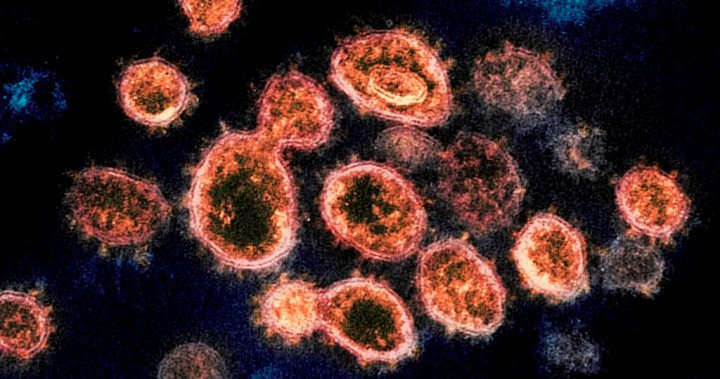
‘FLiRT’ COVID-19 subvariant dominant in Canada. What to know about the strain
Global News
Canada's lull in COVID-19 cases faces a potential disruption with the emergence of a new family of subvariants, playfully dubbed the 'FLiRT' variants.
Canada’s lull in COVID-19 cases faces a potential disruption with the emergence of a new family of subvariants, playfully dubbed the ‘FLiRT’ variants.
These genetic cousins, originating from JN.1, the Omicron subvariant that fuelled the winter surge, are now spreading nationwide, with one variant, KP.2, quickly gaining dominance in Canada.
KP.2 is the dominant subvariant of the JN.1 strain, explained Gerald Evans, an infectious disease specialist at Queen’s University in Kingston, Ont. As of April 28, national data shows that KP.2 accounted for 26.6 per cent of all COVID-19 cases in Canada, surpassing other JN.1 subvariants.
“The nomenclature KP.2. really throws people for a loop,” Evans told Global News. “But it’s just a continued evolution of what we’ve been seeing for the last bit of time since the beginning of this year, which is the JN.1 lineage.”
This subvariant, as well as KP.1 and KP.3, make up what is known as the FLiRT variants, Evans said.
“FLiRT is a bit of an odd name, and it’s not like one of these names that’s been given by a social media person,” he said, adding there is scientific meaning behind it.
They are nicknamed FLiRT mutations because the amino phenylalanine (abbreviated as F) replaces the amino acid leucine (abbreviated as L), while the amino acid arginine (R) is replaced by threonine (T), he said.
“And the I is just in there to make it sound like a real word. So that’s what FLiRT stands for. It’s just a designation to talk about where the mutations line,” he said.

 Run 3 Space | Play Space Running Game
Run 3 Space | Play Space Running Game Traffic Jam 3D | Online Racing Game
Traffic Jam 3D | Online Racing Game Duck Hunt | Play Old Classic Game
Duck Hunt | Play Old Classic Game